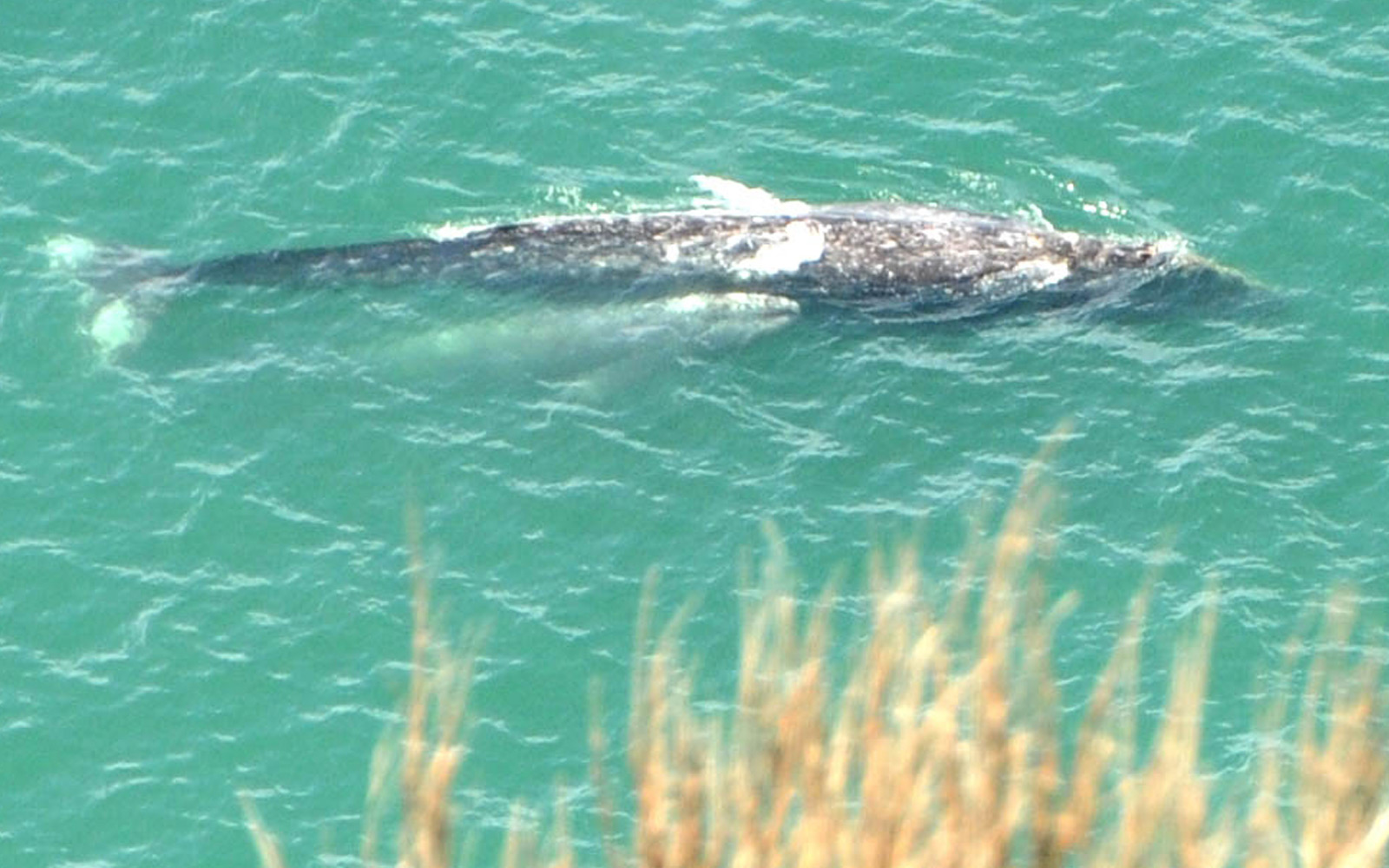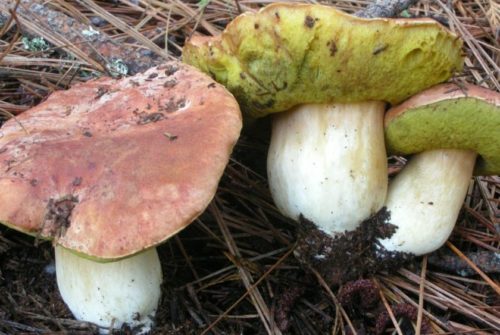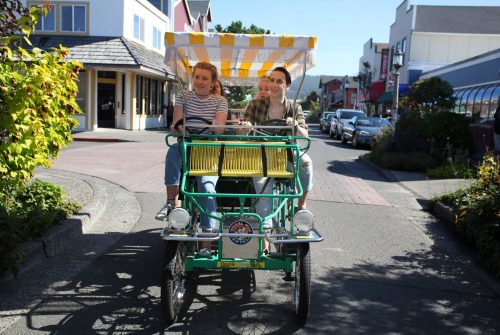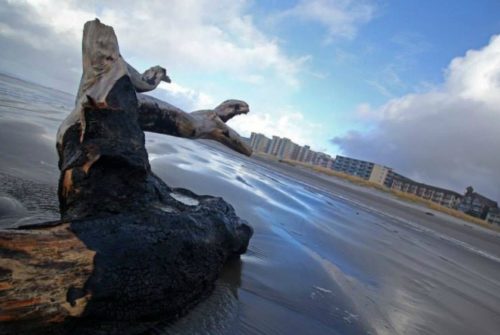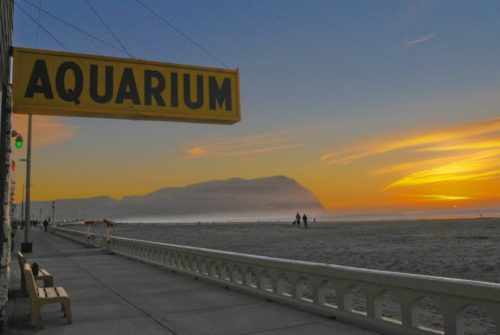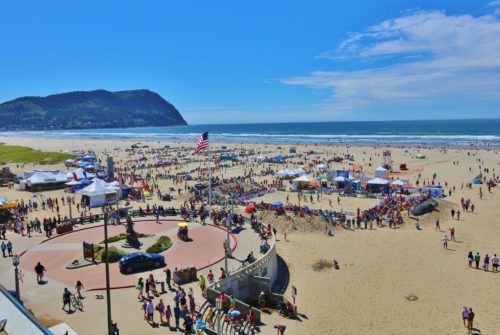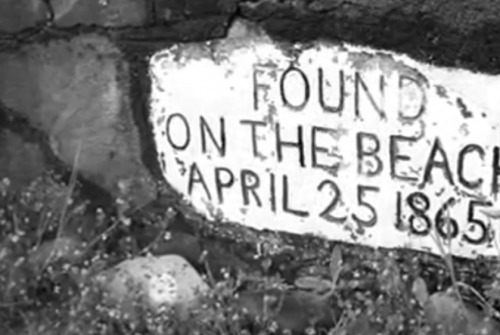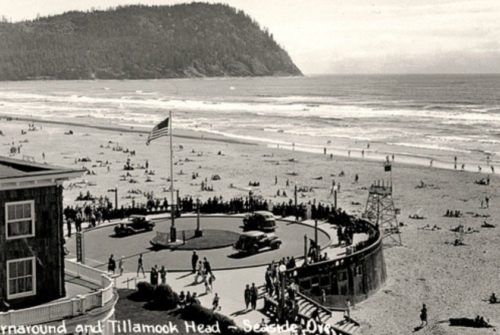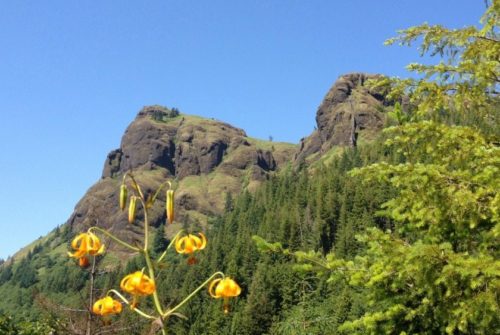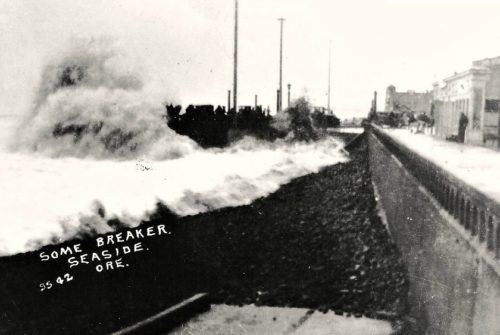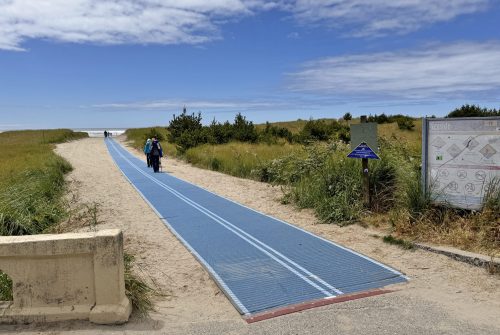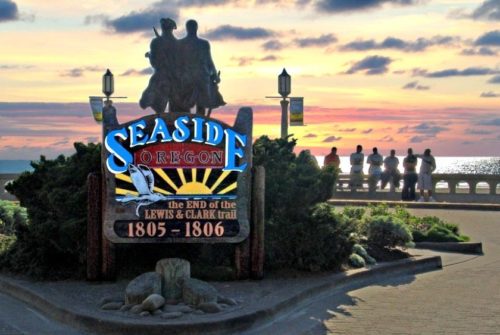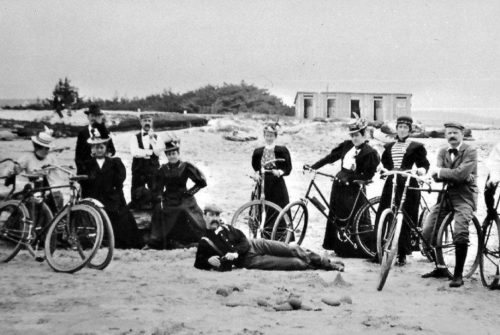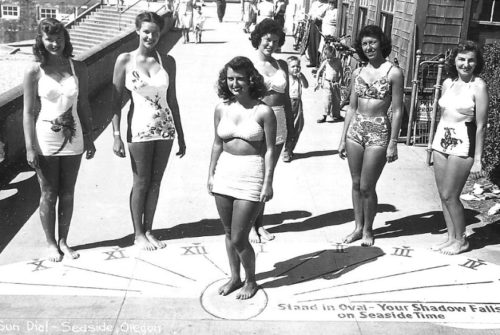Seaside’s beaches are great for whale-watching, with thousands of migrating gray whales swimming past its shores every year. However, not just whales flock to this sandy stretch of the Oregon Coast. On any given day, you can expect to see all sorts of wildlife, from adorable marine mammals to graceful seabirds. Here’s what you need to know about wildlife-watching in and around Seaside.
Preparing for a Whale of a Time
Although you can see the majestic mammals on the Oregon Coast throughout the year, the best times for whale-watching are on calm days between late March and April or between mid-December and mid-January. During the spring, gray whales migrate north from Mexico’s Sea of Cortez to Alaska, where they live during the warmer months. In the winter, they head back down to Baja California, Mexico, to give birth.
There are plenty of fantastic spots in and near Seaside to spot whales. A short drive north of town, Fort Stevens State Park is a great place to start. Volunteers are on hand during both of Oregon State Parks’ two annual Whale Watch Weeks to help the public learn about — and spot — migrating gray whales.
An insider tip: You don’t need to leave Seaside to enjoy the thrill of whale-watching. Tiffany Boothe of the Seaside Aquarium suggests visiting the Cove on the southern end of Seaside Beach to see migrating whales and other inhabitants of the sea. “Whales often come closer to shore to feed on small bait fish and invertebrates gathered in the Cove,” she says. “The whales may hang out there for a few hours or even days.”
Before you head out, wildlife lovers should stop by the Seaside Aquarium to learn more about coastal creatures and grab some Discovery Cards. These handy guides provide insight into some of the marine life you may encounter on Seaside’s beaches, like razor clams, sand dollars and even sea turtles. Staff are on hand to answer questions about recent marine events and give wildlife-watching tips.
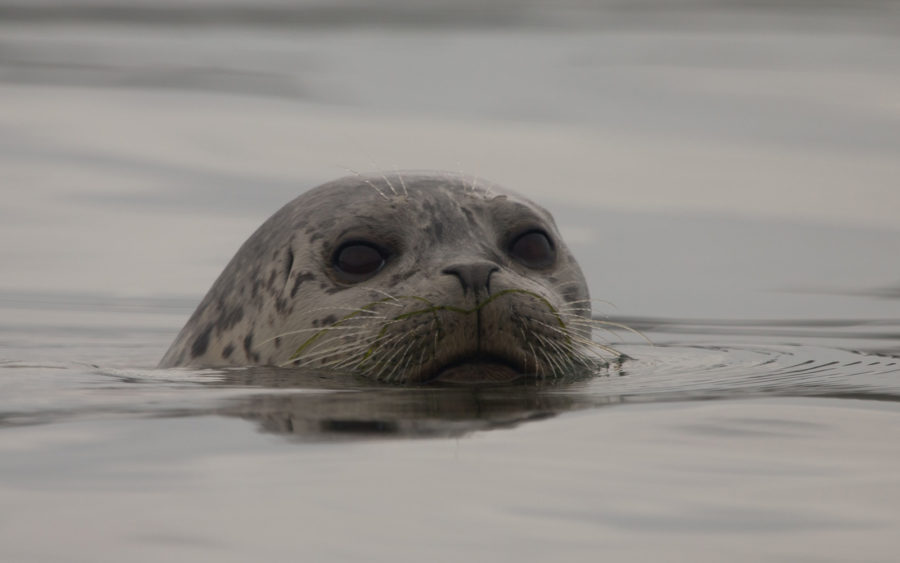
Harbor seal (Photo by Peter Pearsall / USFWS)
More Marine Mammals
Whales aren’t the only mammals you can expect to see off the Oregon Coast. “California sea lions, harbor seals and Steller sea lions are quite prevalent along our coastlines,” Boothe notes. In Seaside look for them at the Cove and in the water along North Coast beaches. On very calm days, you might even spot a harbor porpoise or two. Boothe says you might catch a glimpse of their dorsal fins for a quick second when they surface.
Seals and sea lions are much easier to sight. Look for them in the wild, occasionally popping up a sleek head and watching you from the ocean as you traverse the beach. For a chance to see a colony of harbor seals year-round, drive south to Nehalem Bay and take a hike to the spit about 25 miles south of Seaside, says Boothe. For sea lions, head north about 17 miles to Astoria, where you can see sea lions hauled out on the docks in the Columbia River.
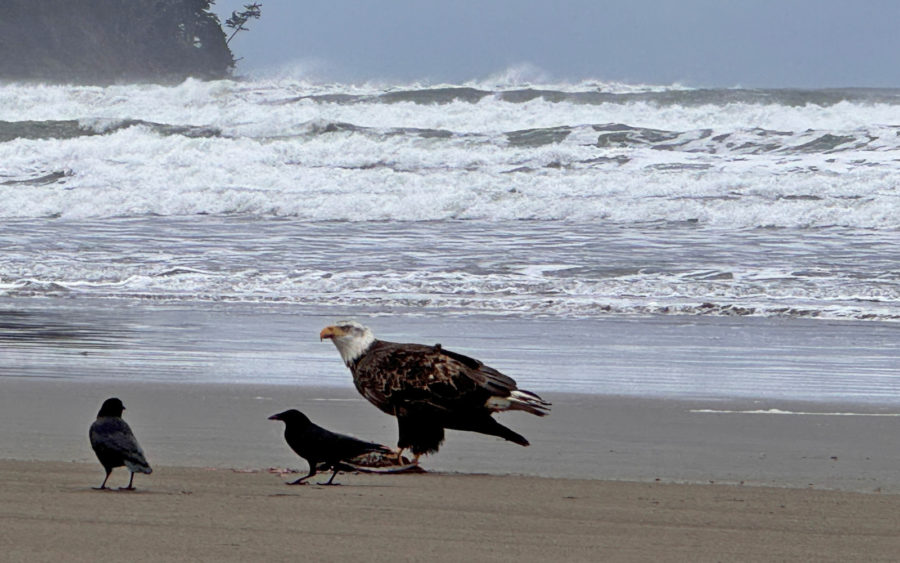
Bald eagle and crows on the beach (Photo by Greg Clodfelter)
Graceful Seabirds
Spring is a great time for bird-watching in Seaside, where you can see everything from seagulls to bald eagles. “During the spring, seabirds start to gather closer to shore,” says Boothe. “They are getting ready to return to their breeding colonies on offshore rocks and cliff faces.” While you’re sure to see birds while out looking for whales, you can also head straight to some of Seaside’s top birding locations — including Necanicum Estuary Park and Broadway Park — to increase your chances of spotting avian species.
Birds to keep an eye out for include western grebes, marbled godwits, cormorants and common murres. “If you are lucky, you might spot a tufted puffin,” Boothe says. If you’re really invested in puffin spotting, Boothe suggests visiting Haystack Rock in nearby Cannon Beach, where puffins nest in great numbers from late spring through the summer.
If you’re not an expert birder, make sure to check out the Oregon Department of Fish & Wildlife’s online shorebird directory, where you’ll find images of and extensive information about commonly spotted shorebirds.
